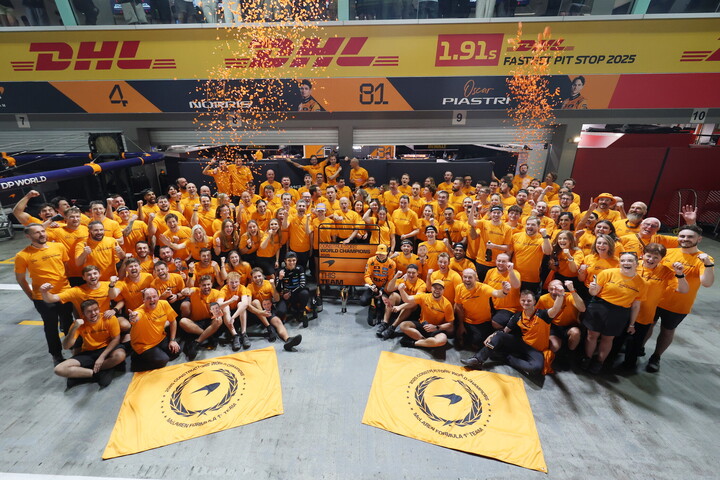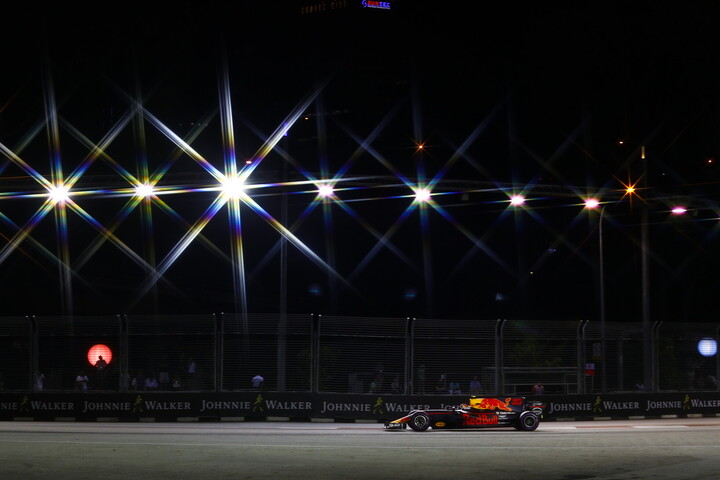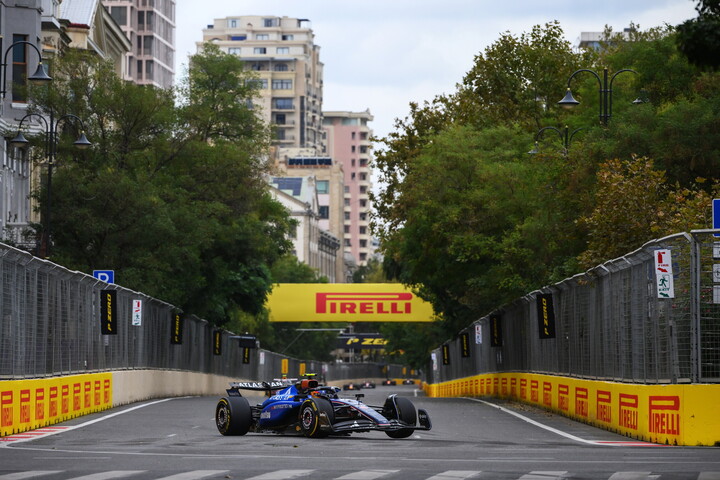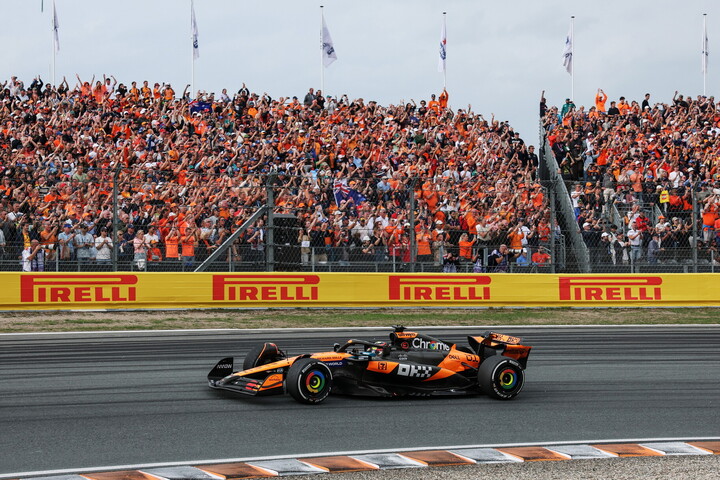From the days of Senna and Prost to the Norris-Piastri era: McLaren is rewriting its history

11 wins from 14 races, a 78.57% success rate, along with eight one-two finishes and eight pole positions, not forgetting 24 out of a possible total of 28 podium finishes. So far it has 559 points in the Constructors' standings, 63 more than second and third placed Ferrari and Mercedes combined and the Drivers' title will have to go to either Oscar Piastri or Lando Norris. It's hard to think that at the start of the season, anyone at McLaren would have imagined this scenario going into the summer break.

Impressive figures that describe dominance rarely seen in Formula 1. In the modern era, Red Bull in 2023, Mercedes in the early years of hybrid power and Schumacher's time at Ferrari are the only similar examples of such total supremacy. Going back a bit further, McLaren did it in 1988 with what is quite possibly the strongest driver pairing of all time, namely Alain Prost and Ayrton Senna.

That season, McLaren won 15 of the 16 races, missing out in what was a sensational Italian Grand Prix that ended in a Ferrari one-two, with Gerhard Berger ahead of Michele Alboreto, just a few weeks on from the death of Enzo Ferrari. It was Senna ahead of Prost in '88 and then Prost ahead of Senna the following year, when the team won 10 of the 16 races. A magical time for the Woking team, its cars plastered in cigarette advertising. A decade later, Ron Dennis' team was not quite so dominant with its cars that were now black and silver courtesy of more tobacco industry sponsorship. Mika Hakkinen and David Coulthard were at the wheel and in 1998 and '99, the Finn was twice crowned world champion, but the team only won the Constructors' in the first of those years, beaten by Ferrari in the second. Over the course of two seasons, the Finn and the Scot won half the races, 16 out of 32, because they were up against the exceptional talent of Michael Schumacher and a Ferrari team that was improving fast, before it went on to become the dominant force in the early part of this century.
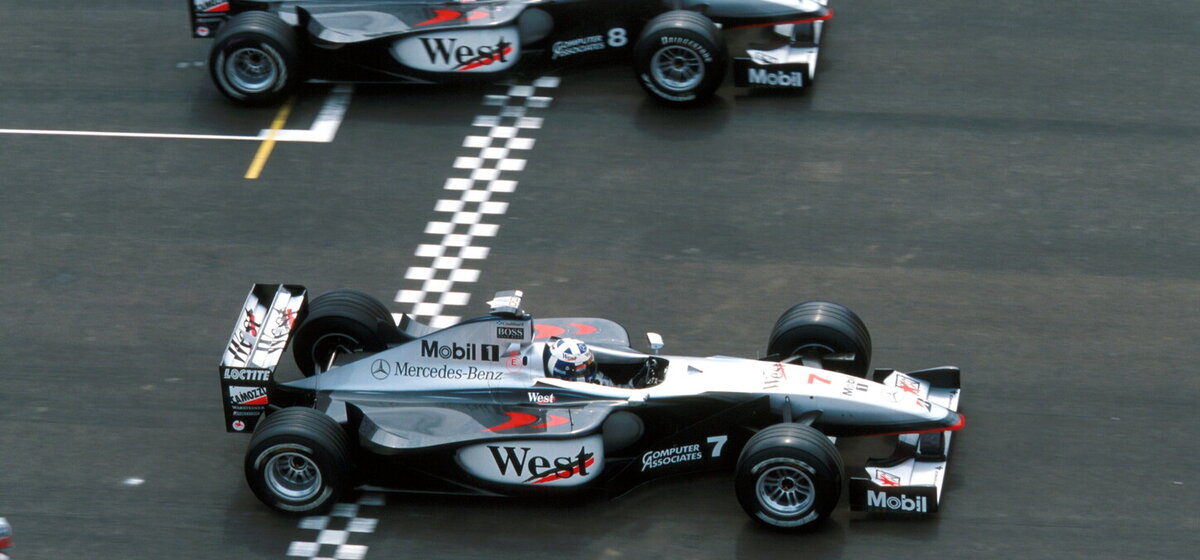
At the moment, it looks as though Piastri and Norris are set to surpass the achievements of Hakkinen and Coulthard. From last year, up to now, the Englishman has won 17 of 38 races, despite being up against strong and equally battle-hardened opponents. Schumacher was the main opponent McLaren had to face and today his role is taken by Max Verstappen, even if he is having to deal with a drop of form from his Red Bull, at least over the past few races. Around 20 years ago, McLaren and Ferrari left the other teams to pick up the crumbs, with Jordan winning three times and Stewart once, out of 32 Grands Prix. However, today, the team headed by Zak Brown and Andrea Stella faces stronger opposition, Red Bull having won 11 races in the last two years, while Ferrari and Mercedes have five victories apiece.

It will be interesting to see if anything changes after the summer break, if anyone can break the papaya dominance that has been total this summer with four consecutive one-two finishes, in Austria, Silverstone, Spa and Hungary. On paper, it seems highly improbable, as from Zandvoort onwards, this year's cars are unlikely to undergo much development, with a technical revolution on the horizon for next year and a budget cap to consider. Speaking in Hungary, none of the other drivers sounded too optimistic about their chances of causing an upset. Can we therefore expect McLaren to sweep all before them between now and the finale in Abu Dhabi? It's certainly possible. But at least spectators and viewers can relish the prospect of a fair but hard fight between Oscar and Lando, in a completely different atmosphere to the Senna-Prost days. Brown and Stella have given a lot of thought to this aspect of the championship, leading to an approach that has rarely been seen before in Formula 1, where there are effectively two contests, one for drivers and the other for teams.

The Italian team principal was abundantly clear on this topic when speaking in the official Friday press conference at the Hungaroring, explaining how much had gone into building the relationship between the two drivers. “If anything, the relationship between Oscar and Lando keeps improving. This is not the effect of a random evolution. This is because we invest in relationships. When I refer to fundamentals of Formula One, relationships are probably slightly less tangible, but I think they are as fundamental as aerodynamics. This involves the relationship between drivers and the team and between the drivers themselves. If I take the race we had last year in Hungary, we spent quite a lot of time reviewing that individually with the drivers and together. We tried to learn from each other as much as possible. We reminded ourselves that Formula 1 is difficult, and we are always going to face some difficulties. This is an awareness we need to have. From there, what can we do to improve? What can we do as a team to make sure we have a framework that allows Lando and Oscar to pursue their aspirations, always protecting the interests of the team. Once again, I'm a lucky team principal because the two drivers are very reasonable, very fair, very correct, humble, and above all, they understand that we are here not only to pursue our interest in the present but also to protect the future of their own careers and of McLaren Racing.”
And so far at McLaren, words have always been backed up by deeds.

